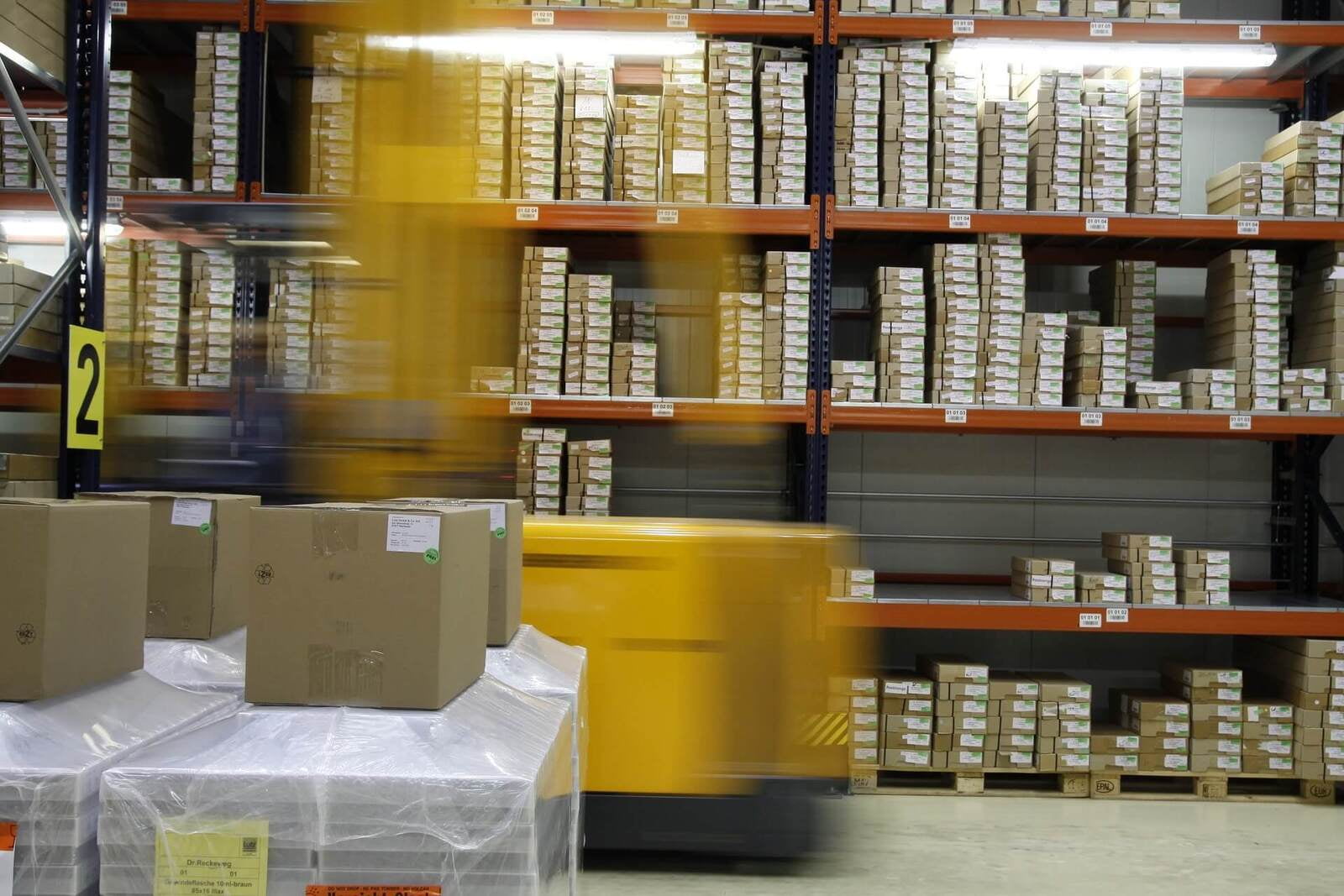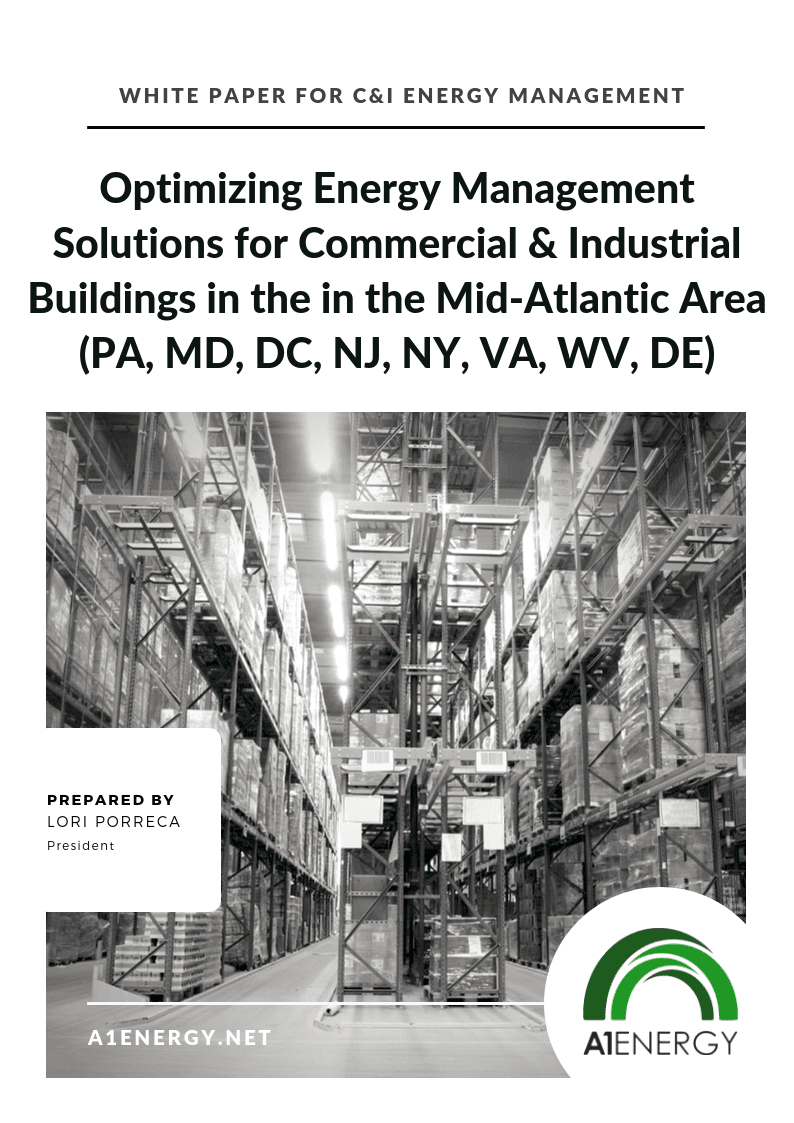
One of the first things that energy efficiency enthusiasts talk about is switching to LED lighting. For some, the transition to an entirely new LED system feels overwhelming — but it doesn't have to be. LED tubes are considered a do-it-all option for industrial and commercial businesses seeking to switch toward a more efficient lighting solution.
What are the basics of LED tubes, and how can you incorporate them into your building?
What are LED Tubes?
An LED tube functions within a lighting fixture (sometimes referred to as a luminaire).
The lighting fixture houses the lamp. In this case, that lamp is the LED tube.
Not all tubes are LED. Oftentimes, companies will have fluorescent lighting fixtures in place that house fluorescent tubes. However, these businesses will often switch to LED tubes to avoid having to replace their entire network of lighting fixtures to achieve energy efficiency.
Some light fixtures have more than one lamp, which means they require multiple tubes within the housing.
There are various kinds of LED tubes, but modern businesses tend to prioritize the most commonly used types (we'll dive into that more below). There are numerous benefits to using LED tubes, even when you maintain your existing fixtures.
Will LED Tubes Work In Fluorescent Fixtures?
LED tubes do function in fluorescent fixtures, which is exactly why they're such a do-it-all option.
The first step in upgrading from fluorescent tubes is to remove the old lamps and their ballasts (when applicable). A ballast helps regulate a fluorescent light's voltage; without a ballast, a fluorescent tube has a rapid and uncontrollable current. LED tubes don't necessarily require a ballast, but many do function with one. This depends which kind of LED tube you opt for during your retrofit.
The professional you hire to install the LED tubes will likely need to do some rewiring to help the new lamps function in their fluorescent housing. The logistics of this depend on which type of LED tube you decide to install.
One reason why working with a professional is so helpful is because not all LED tubes are certified for safety and efficiency (e.g. DLC qualified and UL certified lighting). Using the wrong tubes on a large scale could be detrimental to your building's lighting network and overall safety.

ENERGY OPTIMIZATION WHITE PAPER
Check out this white paper to get energy optimization insights for your commercial or industrial facility.
Ballast Compatible vs. Direct Wire LED Tubes
LED tubes can be ballast-compatible or direct wire.
A ballast-compatible tube functions with the fluorescent fixture's existing ballasts. Magnetic ballasts are an older technology that you won't find very often anymore. Instead, you'll commonly encounter electronic ballasts, which run most fluorescent lighting systems. There are different types of tubes that operate this way.
Meanwhile, direct wire LED tubes bypass the ballast technology (which is why you may see them described as ballast bypass LED tubes). If you're using direct wire LED tubes, you'll remove the ballasts before installing the lamp.
Even more than ballast-compatible tubes, a qualified lighting technician and electrician are crucial parts of the direct wire LED tube installation process.
Common Types of LED Tubes
Let's cover the three main types of LED tubes used in warehouse LED lighting:
- Type A: This is considered the easiest type of LED tube to install. It can operate right into a fluorescent ballast that's already in place. Be sure your existing fixture and ballasts are compatible so they won't hike up maintenance costs during the tube's lifetime.
- Type B: Unlike Type A, the Type B tubes need something called an integrated driver. This allows the existing fixture's voltage supplier to power the tube. You modify the fixture's electrical system by removing the ballast.
- Type C: For this tube, the power comes from a remote electronic LED driver. You need to remove your existing ballasts. Electrical modification is also required, but Type C improves performance. One remote driver can power multiple tubes in a fixture.
Pros and Cons of Direct Wire LED Tubes
At A1 Energy, we install direct wire LED tubes more frequently than ballast-compatible solutions.
When compared to fluorescent lighting, direct wire LED tubes have a whole slew of pros. For one, they last about 50,000 hours— which is significantly greater than the average fluorescent tube. Their brightness is about the same, but LED tubes can also be dimmed in certain scenarios.
When comparing direct wire LED tubes against ballast-compatible options, the key pro and con differs…
Direct wire tubes are typically cheaper, which can benefit the average industrial or commercial business.
However, direct wire tubes require an additional layer of caution during installation due to the fact that the tube is interacting directly with the line voltage.
How LED Tubes Keep Your Warehouse Energy Efficient
Any switch from fluorescent to LED lighting is going to put a noticeable dent in your energy usage. Direct wire (or ballast-bypass) LED tubes are the most efficient type of LED tubes because no energy is lost in the ballast. That's more money in your wallet over the long term.
If you're thinking about the environment, LEDs contain no mercury and require less energy to run. In a world where non-renewable energy currently has the stronghold, this is crucial.
Trying to decide on the right warehouse LED lighting with energy efficiency in mind?
The Best Way to Install LED Tube Lights Is with a Lighting Professional
An LED lighting retrofit can be a highly involved process, from determining the right type of tube to actually instituting the installation safely and effectively. Plus, every building is unique, and every business owner has their own vision for what their LED lighting should be. That's why a lighting professional should be your first point of contact for an LED tube installation.
For industrial and commercial businesses in and around Pennsylvania, A1 Energy has lighting technicians on staff to help with any of your commercial lighting endeavors—including LED tubes.
